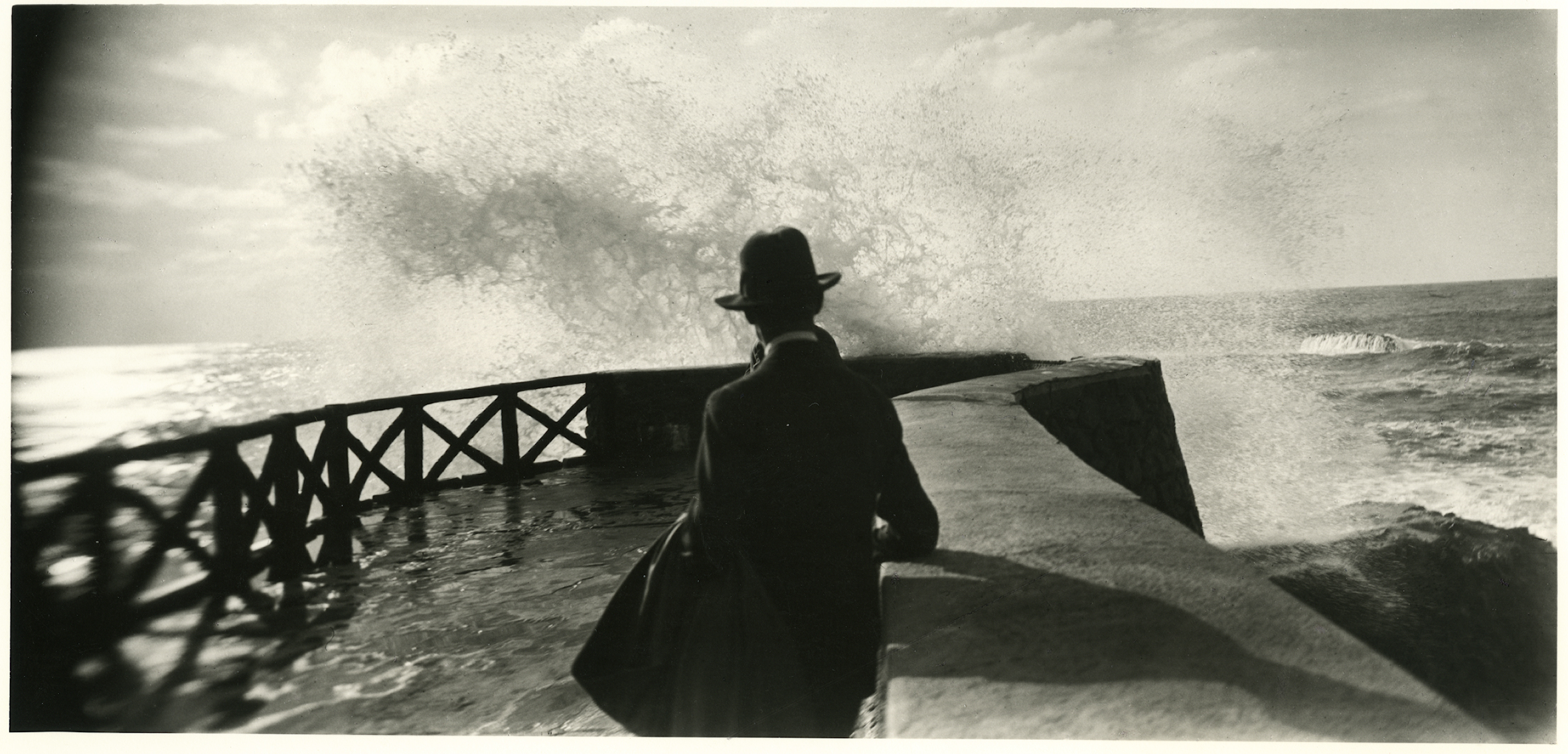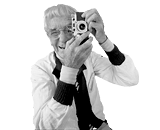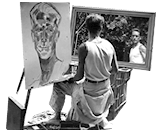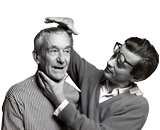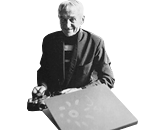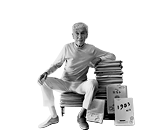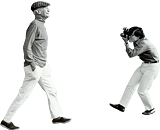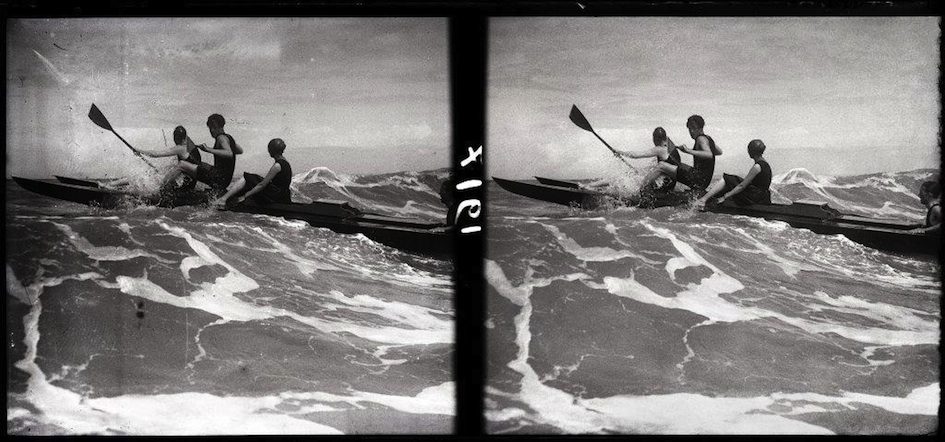To capture reality, Lartigue had two techniques at his disposal: stereoscopy, which recreates the illusion of depth using a camera with two separate lenses; and later, for color, Autochrome plates, on the market as of 1907.
In 1902, Lartigue’s father, a keen amateur photographer, lent his eight-year-old son a Gaumont Stereo-Spido camera that used 6 x 13 cm glass plates. This enabled young Lartigue to discover a new game: not only could he create recreate reality but he could also capture movement, a combination that met his expectations perfectly. Delighted, he inverted his negatives on positive glass plates of the same size and enjoyed mounting them in sequences, carefully writing captions under them in his school notebooks, and organized evening screenings for his family.
This process delighted him for twenty-five years; from 1902 to 1928, he produced some 5,000 stereocopic negatives, of which nearly a thousand exist as glass positives and 100 as Autochromes. In 1912, he received a Klapp-Nettel 6 x 13 stereoscopic camera that enabled him to take panoramic views by folding one of the lenses. After discovering this new technique, he gradually abandoned stereoscopic photography.
